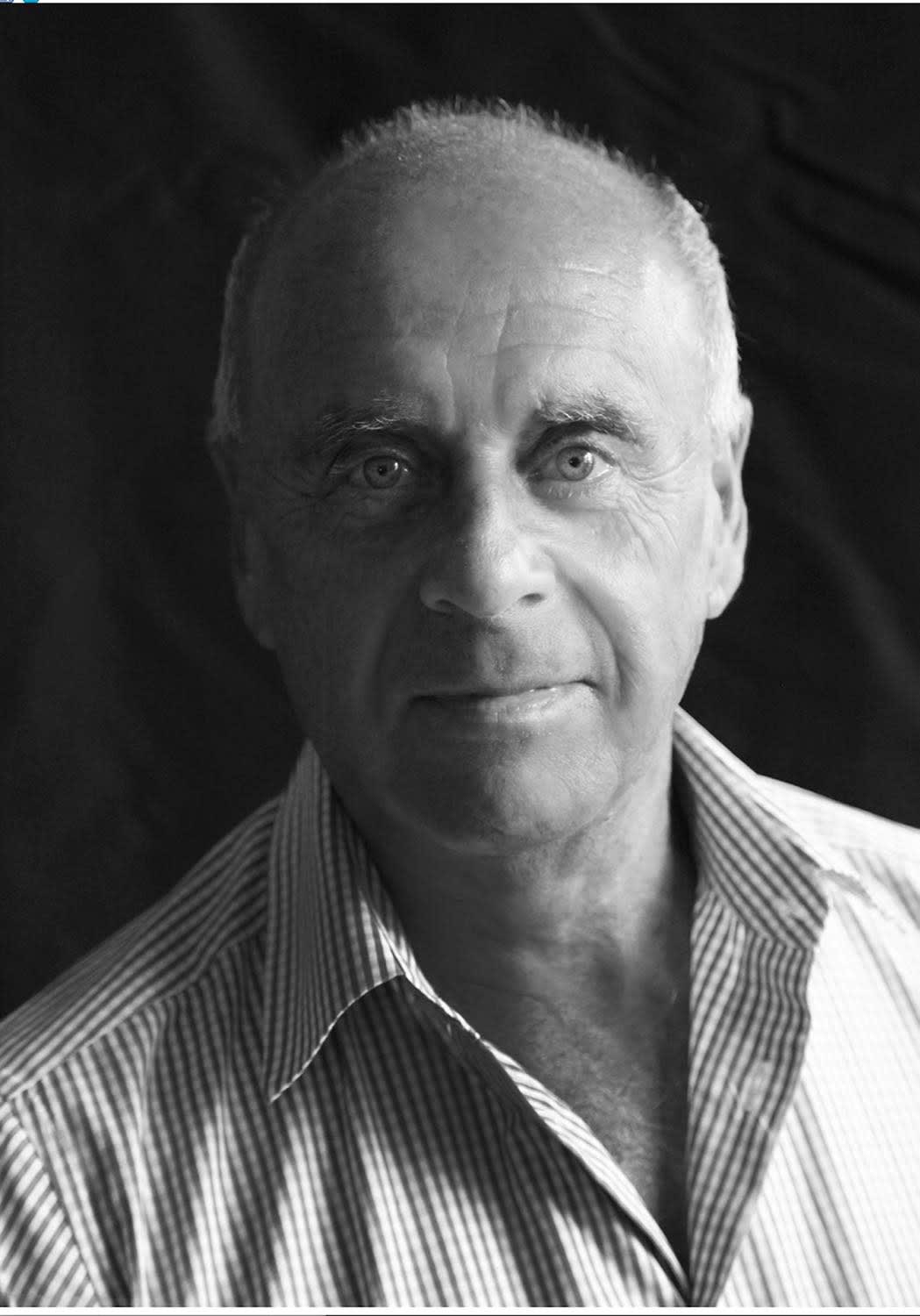
Ralph Gibson was born in Los Angeles, California. He served as a photographer’s mate in the U.S. Navy from 1956 to 1960. After his service he studied painting and photography at the San Francisco Art Institute from 1960-61. In 1961-1962, he worked as a printing assistant to photographer Dorothea Lange. It was Lange who gave him the most important advice of his career – to find his “departure point.” In 1963, he moved back to Los Angeles. Between 1967 and 1969, Gibson assisted Robert Frank on the film, Me and My Brother. Starting with The Strip (Los Angeles, 1966), he began to publish his work in book form, though the reception of his first volumes was poor. His photographs of this early period were in a documentary style influenced by Frank, Henri Cartier-Bresson and William Klein, and in fact, Bruce Davidson and Mary Ellen Mark presented him to Magnum Photos for membership consideration.
According to Gibson, he began to understand his “departure point,” when in the process of analyzing his documentary work, he realized that his interest in the hand was a common thread throughout much of his work. Gibson was unable to sell his first book of this new work to a publisher. In 1969, Gibson moved to New York, where he formed Lustrum Press in order to exert control over the reproduction of his work. His images often incorporated fragments with erotic and mysterious undertones, building narrative meaning through contextualization and surreal juxtaposition.
A shift in Gibson’s work appeared in the 1970s and he began to create surreal images, published in book form for which he is best known. In 1970, he published The Somnambulist, followed in 1972 by Déjà-vu, and in 1974 by Days at Sea. These works established Gibson’s career in creative photography. The control he exercised over each publication enabled him to organize the images associatively in the manner of a dream sequence. Both the individual black-and-white photographs, printed in high contrast, and their arrangement made use of enigmatic juxtapositions, reflecting the influence of Surrealism. In 1975, Gibson’s work moved away from books toward exhibitions. He joined Castelli Graphics the same year, and had his first exhibition there, Quadrants, in 1976. Since the early 1970s, Gibson’s photographic series have been published in over 20 books, including; Syntax (1983), Tropism (1987), L'Anonyme (1987), and L'Histoire de France (1991) Nude (2012) and his most recent work, Political Abstractions (2015). Gibson divides his time between New York and Paris.
Gibson’s work is included in important collections including; The Museum of Modern Art, the Whitney Museum of Modern Art, the International Center for Creative Photography, Museum Ludwig, Cologne, West Germany and the Stedelijk Museum, Amsterdam among many others.
